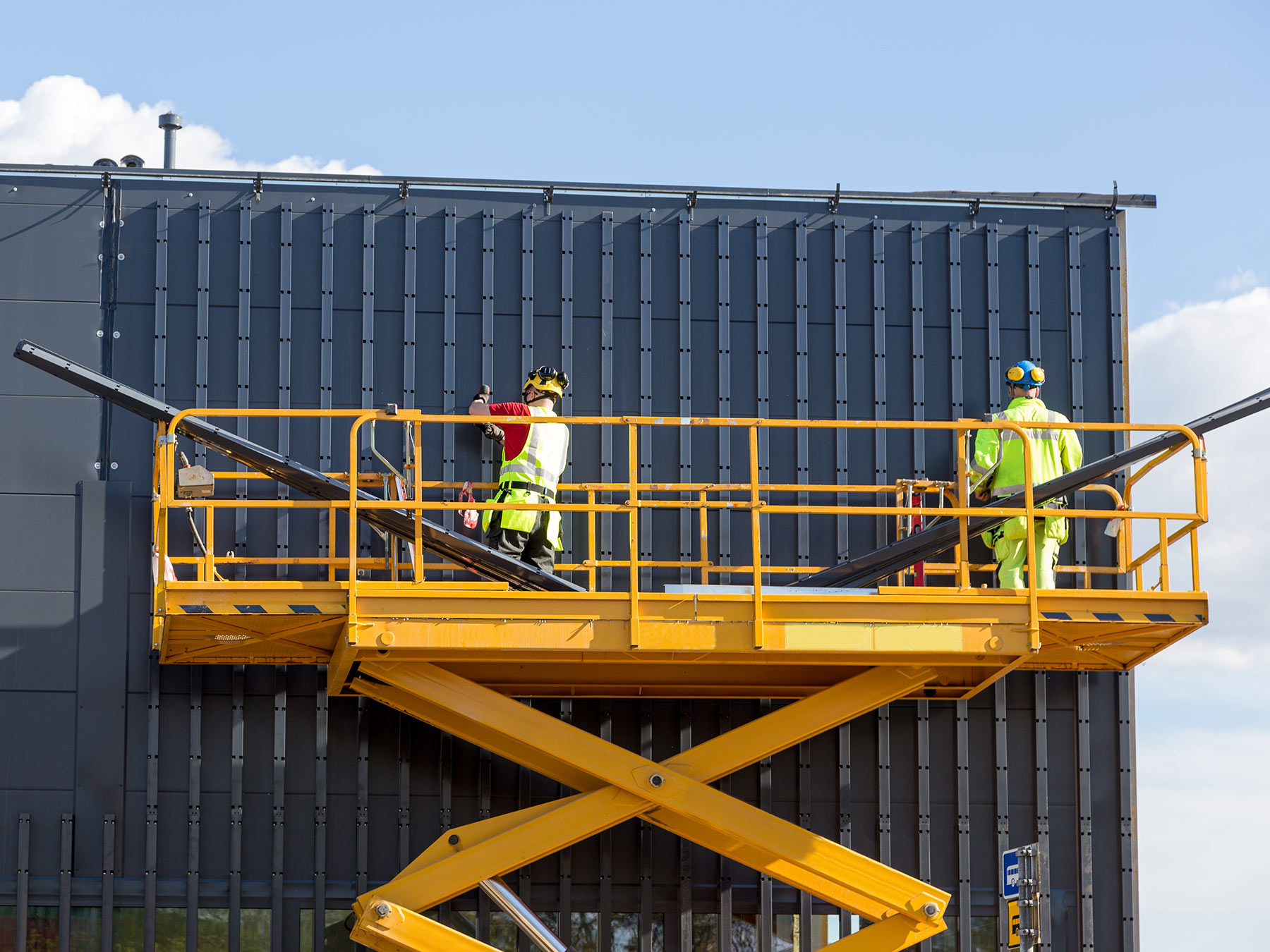Aerial lifts are useful and helpful in so many ways, from repairing utility lines, maintaining buildings to trimming trees, and in many other projects. However, these massive pieces of machinery also contribute to a number of accidents, fatalities, and work-related injuries because of operator error and ill maintenance of the job site.
Imagine the extent of unstable terrain, holes, loose dirt, gravel, slopes, overhead obstructions, cluttered surface, and electric power lines in the worksite can get deadly for you!
According to the report, an average of 26 workers die every year from aerial lifts. So, operators working with aerial lifts need to know effective safety measures to prevent accidents and hazards. Here are some of the key safety tips to follow while working with aerial lifts:
Make Sure Aerial Lift Operators Are Trained
According to the OSHA guidelines, employers need to ensure aerial lift operators are trained to do the job with the utmost safety. Since most of the aerial lift accidents are caused by operator error, the training from AerialLiftCertification can help prevent substantial risks and accidents involving aerial lifts.
Make sure that the operators are professionally skilled in the positioning and stabilization of aerial lifts, along with fall protection.
The reason this is included as the first safety tip is that a trained lift operator would be familiar with the safety measures and help increase the efficiency and productivity of the project.
Wear Personal Protective Gear
This one is often overlooked, but is one of the essential safety tips that must be followed by each worker! As falls are one of the major causes of accidents at construction sites, safety wearables would act as a barrier in the event of accidents and hazards.
Using aerial lifts means working at elevated heights, operators must wear full-body harnesses connected to lanyards that are attached to the boom or basket. These protective gear keep workers safe if ejected from the lift platform and falling to the ground.
However, workers should never sit, lean, or stand on the guardrails for stability. Fall protection wearable are meant for keeping workers secured and safe. Make sure to check your personal protective equipment (PPE) before beginning work.
Maintain Load Capacity Limits
Aerial lifts are incredibly useful equipment, but they have certain load limits. Make sure to read the manufacturer’s instructions for the weight limitations while handling a load. Always keep in mind that the load limitations of an aerial lift also include attachments and other tools on the lift platform in addition to the workers.
Maintaining the weight of the lift and tools might take some additional time, but doing so will help prevent the bucket platform from breaking, lift from tipping over, and workers being ejected from the bucket platform.
Make Sure To Follow Daily Inspections
The aerial lift must be inspected prior to use. No matter what type you are using, a variety of cables, cords, pulleys, and chains are used together to make the lift work. A visual inspection will help ensure that nothing is out of place or loose. Also, wheels, tires, and casters should be visually checked if they are in good shape to ensure the aerial lift is in good working condition.
The lift controls like horns, lights, and brakes should be tested on-site before an operator brings it to the job site, or anyone gets in the bucket to make sure everything is working correctly. If something seems to be damaged or malfunctioning, the aerial lift should be placed in the non-working zone until it gets fixed.
Conclusion
Following these aerial lift safety tips will help operators avoid common, yet preventable accidents that often occur on worksites, which in turn improve work efficiency!


